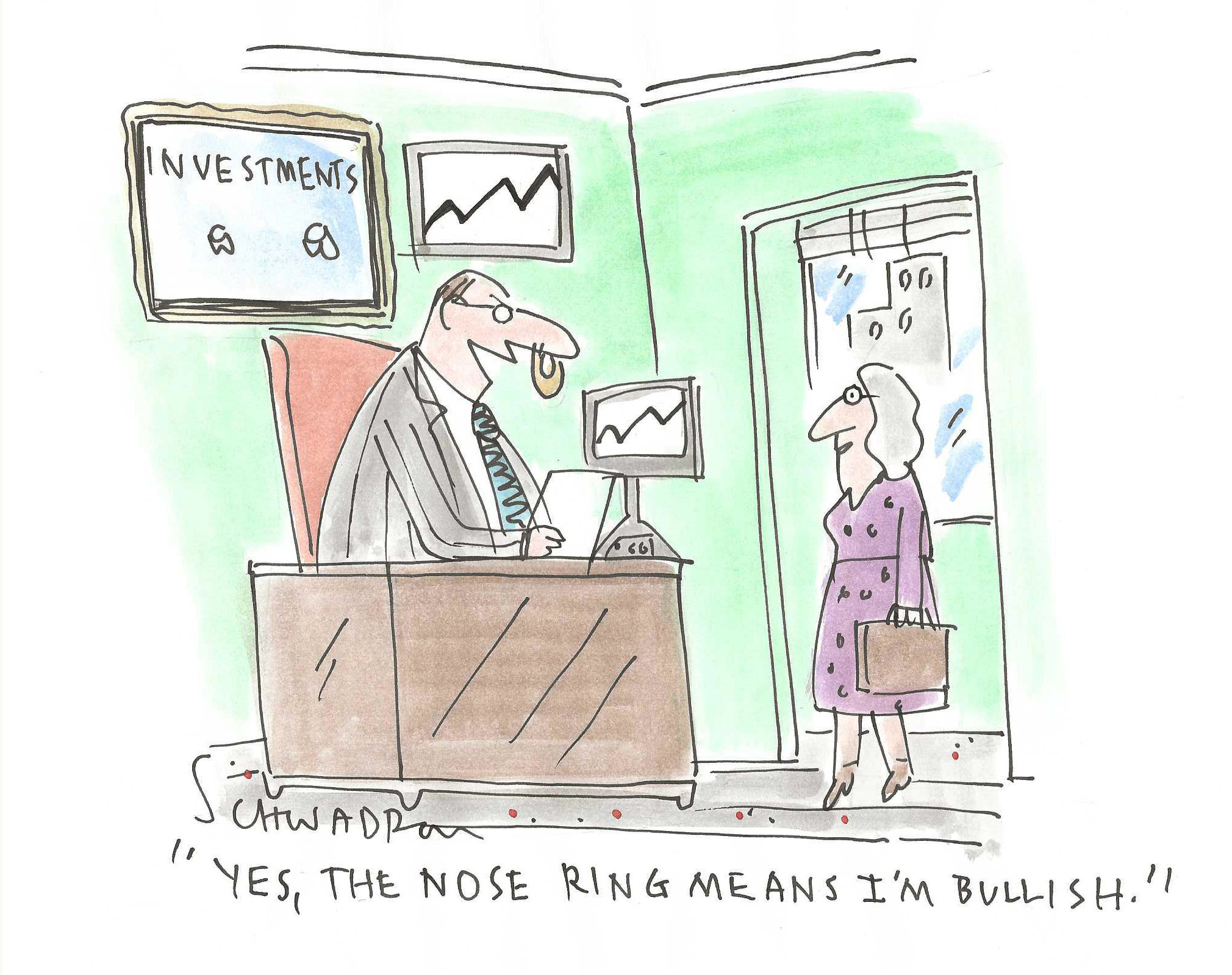Dubroff: A chat with the CEO of UMB, region’s newest bank
A big banking merger that closed at the end of January touched just a sliver of the region.
But it brought me back in touch with a banker I’ve known for decades, so I visited on video with UMB Financial Corp. Chair and CEO Mariner Kemper on Feb 25.
UMB is a 111-year-old, publicly traded company that’s also family-run, reminds me of the multi-generational businesses that are the backbone of the Central Coast economy.

On Jan. 31, the Kansas City-based company completed its merger with Heartland Financial of Denver and in doing so it added Premier Valley Bank to its portfolio, greatly expanding its California footprint.
Today, Premier Valley has a small presence in San Luis Obispo County, but that is likely to grow, Kemper told me.
As the CEO who helms what’s now the nation’s 28th-largest bank, he provided a valuable outsider’s perspective on the region and its prospects.
Kemper said that one of the pleasant surprises in making the $2.8 billion deal was in agribusiness.
He added that Heartland had earlier acquired RBC’s large agribusiness lending unit and that made the ability to grow in farm lending “an opportunity we liked.”
A longtime rancher and row crop farmer, he’s been studying up on citrus and berry farming and said he likes what he’s seen in the region’s own family-owned farming ventures.
In a press release, he called the Heartland merger closing a “monumental day” in UMB’s history with an expanded reach into new communities.
Kemper, said he’s already noticed that the business from the Central Valley to the coast is a familiar blend of agribusiness and small business that has a “very midwestern business culture.”
That’s something that bankers from earlier generations have found is a key to success in the Highway 101 corridor.
He said that Heartland’s agribusiness experience has given UMB some instant credibility, particularly in Premier Valley’s home territory in the Central Valley, with room to grow on the Central Coast beyond San Luis Obispo.
“We would like to have a more robust presence” in the region, he told me, adding that “we like to bring capital to towns” and remain active in the communities it serves.
I first got to know Kemper in the 1990s when he led the expansion of UMB into Denver, where I was business editor at The Denver Post.
He was a quick study and the bank’s focus on business customers and wealth management quickly earned him a place among the city’s leaders.
UMB hasn’t strayed from its roots even with $68 billion in assets following the acquisition’s close.
The bank favors low loan-to-deposit ratios and a philosophy of “managing risk and rowing close to shore,” as he put it.
UMB’s presence could be helpful to a region that was impacted by the collapse of First Republic and Silicon Valley Bank back in 2023.
The short-lived crisis triggered a scramble by startups to find funding and an overzealous crackdown by regulators that affected medium-sized lenders.
The Heartland merger grew UMB’s private wealth management by 30% and added over 100 branches in five new states.
But California is not entirely new territory.
UMB’s diversification strategy includes a very large fee-based servicing business for mutual fund groups, money managers, private equity and others that generates around 40% of its revenue.
Kemper told me that those clients, with a total of $500 billion in assets under management, include a number of LA-based firms.
UMB also has a public finance unit that underwrites and services bonds for cities, special districts and other entities.
“We want to be a bigger player” in California’s deep muni market, he said
Like Central Coast farmers who are trying to figure out if tariffs will drive avocado prices through the roof or if the tariff threat will pass, he said the bank is preparing for a range of outcomes on the trade front.
Businesses can pass along the costs by raising prices or adjusting supply chains, but consumer behavior is harder to predict.
So, he’s watching home equity and credit card debt activity for weakness in credit quality and cutbacks in discretionary spending.
“Are you going to buy a second wakeboard, if you can’t afford to buy eggs,” he quipped.
Henry Dubroff is the founder, owner and editor of the Pacific Coast Business Times. He can be reached at [email protected].
Correction: This story was updated on March 4 to note UMB is the nation’s 28th largest bank and that it did not have $68B in assets until after the acquisition was closed.









